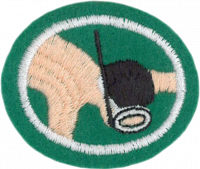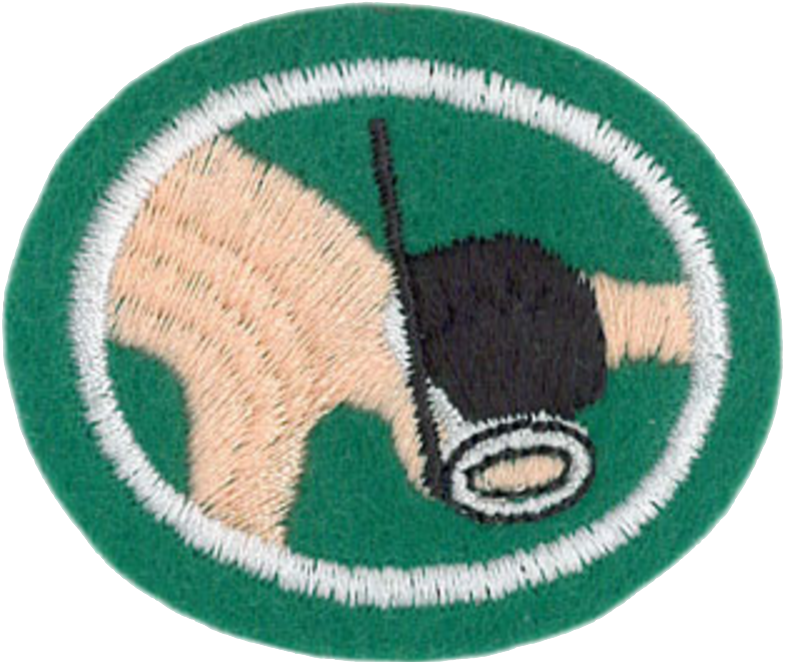Difference between revisions of "AY Honors/Skin Diving/Answer Key/es"
From Pathfinder Wiki
< AY Honors | Skin DivingAY Honors/Skin Diving/Answer Key/es
(Created page with "{{clear}}") |
|||
| (27 intermediate revisions by the same user not shown) | |||
| Line 1: | Line 1: | ||
| − | + | {{HonorSubpage}} | |
| − | + | <!--{{Honor_Master|honor=Skin Diving|master=Aquatic}}--> | |
| − | {{ | ||
| − | |||
| − | |||
| − | |||
| − | |||
| − | |||
| − | |||
| − | |||
| − | }} | ||
| − | |||
| − | {{Honor_Master | ||
| − | |||
| − | |||
| − | |||
<section begin="Body" /> | <section begin="Body" /> | ||
{{ansreq|page={{#titleparts:{{PAGENAME}}|2|1}}|num=1}} | {{ansreq|page={{#titleparts:{{PAGENAME}}|2|1}}|num=1}} | ||
<noinclude></noinclude> | <noinclude></noinclude> | ||
<!-- 1. Tener la especialidad de Natación II. --> | <!-- 1. Tener la especialidad de Natación II. --> | ||
| − | {{honor_prerequisite|honor=Swimming - Intermediate|displayname= | + | {{honor_prerequisite|honor=Swimming - Intermediate|displayname=Natación II}} |
<noinclude></noinclude> | <noinclude></noinclude> | ||
| Line 43: | Line 29: | ||
{{ansreq|page={{#titleparts:{{PAGENAME}}|2|1}}|num=4}} | {{ansreq|page={{#titleparts:{{PAGENAME}}|2|1}}|num=4}} | ||
<noinclude></noinclude> | <noinclude></noinclude> | ||
| − | <!-- 4. | + | <!-- 4. Conocer el efecto de los siguientes factores en el buceo con esnórkel: --> |
<noinclude></noinclude> | <noinclude></noinclude> | ||
{{ansreq|page={{#titleparts:{{PAGENAME}}|2|1}}|num=4a}} | {{ansreq|page={{#titleparts:{{PAGENAME}}|2|1}}|num=4a}} | ||
| Line 81: | Line 67: | ||
{{ansreq|page={{#titleparts:{{PAGENAME}}|2|1}}|num=5}} | {{ansreq|page={{#titleparts:{{PAGENAME}}|2|1}}|num=5}} | ||
<noinclude></noinclude> | <noinclude></noinclude> | ||
| − | <!-- 5. | + | <!-- 5. ¿Cuáles son las reglas del buen deporte en el buceo con esnórkel? --> |
{{clear}} | {{clear}} | ||
| Line 91: | Line 77: | ||
{{ansreq|page={{#titleparts:{{PAGENAME}}|2|1}}|num=6}} | {{ansreq|page={{#titleparts:{{PAGENAME}}|2|1}}|num=6}} | ||
<noinclude></noinclude> | <noinclude></noinclude> | ||
| − | <!-- 6. | + | <!-- 6. ¿Qué precauciones de seguridad deben seguirse, mientras se hace el buceo con esnórkel? --> |
{{clear}} | {{clear}} | ||
| Line 103: | Line 89: | ||
{{ansreq|page={{#titleparts:{{PAGENAME}}|2|1}}|num=7}} | {{ansreq|page={{#titleparts:{{PAGENAME}}|2|1}}|num=7}} | ||
<noinclude></noinclude> | <noinclude></noinclude> | ||
| − | <!-- 7. | + | <!-- 7. Describir las técnicas aplicadas en comunicaciones, prevención de la hiperventilación y aclaramiento de la máscara. --> |
| − | + | {{clear}} | |
| − | + | {{clear}} | |
| − | + | {{clear}} | |
| − | + | {{clear}} | |
| − | + | {{clear}} | |
| − | + | {{clear}} | |
| − | + | {{clear}} | |
| − | + | {{clear}} | |
| − | + | {{clear}} | |
| − | + | {{clear}} | |
| − | + | {{clear}} | |
| − | + | {{clear}} | |
| − | + | {{clear}} | |
| − | + | {{clear}} | |
| − | + | {{clear}} | |
| − | + | {{clear}} | |
| − | + | {{clear}} | |
<noinclude></noinclude> | <noinclude></noinclude> | ||
| Line 144: | Line 130: | ||
{{ansreq|page={{#titleparts:{{PAGENAME}}|2|1}}|num=8}} | {{ansreq|page={{#titleparts:{{PAGENAME}}|2|1}}|num=8}} | ||
<noinclude></noinclude> | <noinclude></noinclude> | ||
| − | <!-- 8. | + | <!-- 8. Demostrar una prueba práctica en aguas de profundidad a la cintura y un buceo cualificado con esnórkel en aguas en mar abierto. --> |
| − | |||
<noinclude></noinclude> | <noinclude></noinclude> | ||
{{CloseReq}} <!-- 8 --> | {{CloseReq}} <!-- 8 --> | ||
<noinclude></noinclude> | <noinclude></noinclude> | ||
| − | == | + | ==Referencias== |
| − | |||
<noinclude></noinclude> | <noinclude></noinclude> | ||
| − | + | {{CloseHonorPage}} | |
Latest revision as of 23:05, 18 July 2022
1
Tener la especialidad de Natación II.
Para consejos e instrucciones, véase Natación II.
2
Nombrar tres requisitos previos para una persona que desea participar en buceo con esnórkel.
3
¿Qué equipo es esencial para el buceo con esnórkel?
4
Conocer el efecto de los siguientes factores en el buceo con esnórkel:
4a
Tipos de playas
4b
Oleaje y corrientas
4c
La vida marina
5
¿Cuáles son las reglas del buen deporte en el buceo con esnórkel?
6
¿Qué precauciones de seguridad deben seguirse, mientras se hace el buceo con esnórkel?
7
Describir las técnicas aplicadas en comunicaciones, prevención de la hiperventilación y aclaramiento de la máscara.
8
Demostrar una prueba práctica en aguas de profundidad a la cintura y un buceo cualificado con esnórkel en aguas en mar abierto.


